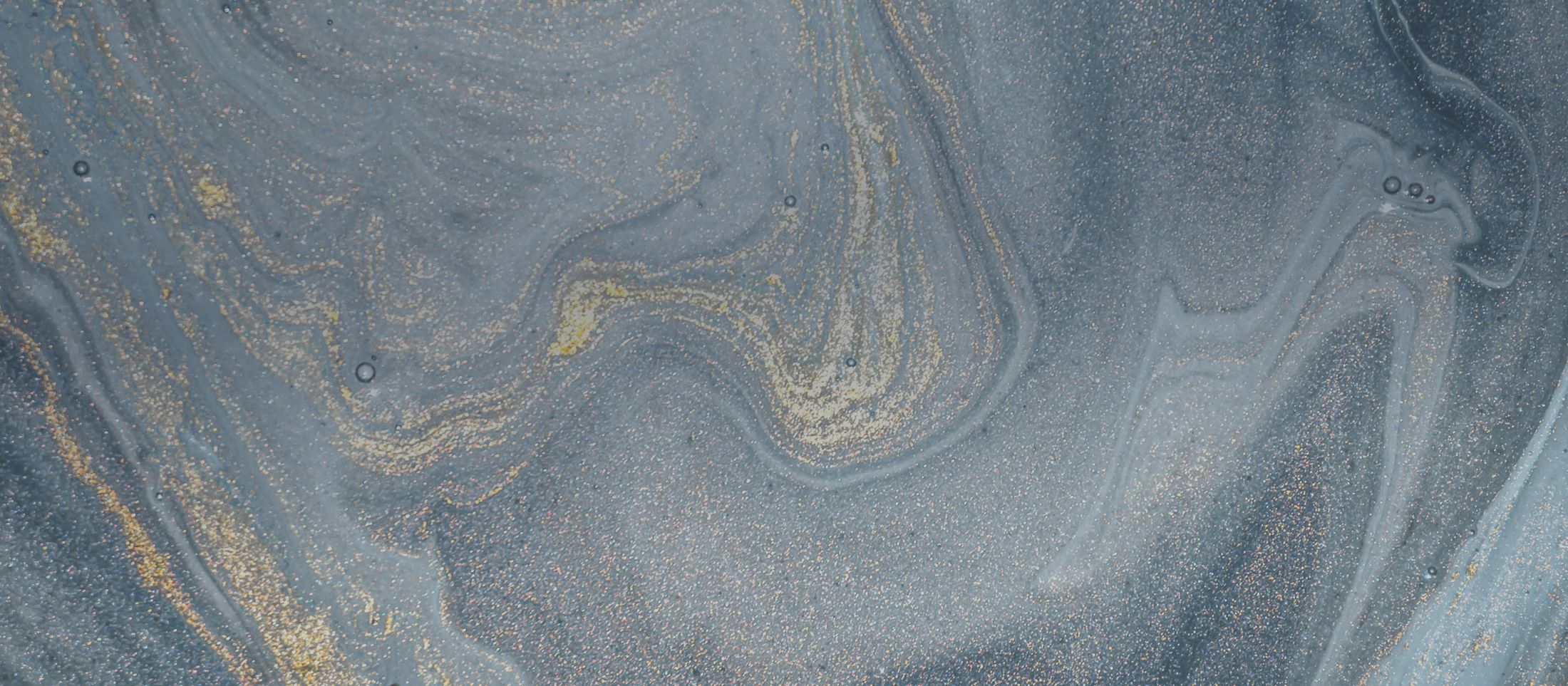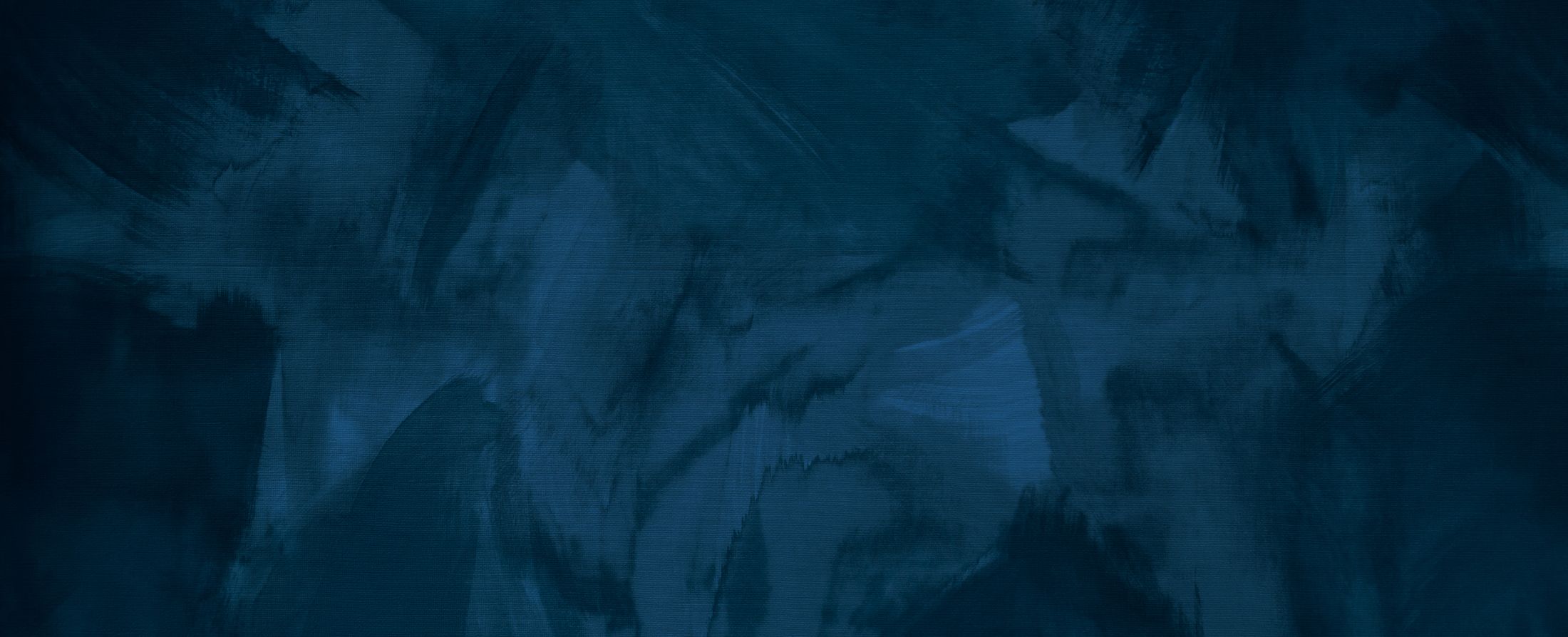



1 of 3

Ideal candidates for Laser Skin Resurfacing are interested in treating their skin irregularities with an effective non-surgical treatment.
In Savannah Laser Skin Resurfacing may not be the optimal choice for individuals with extremely dark skin or very deep wrinkles.



Your doctor will ask you questions regarding your medical history in order to get a better idea about whether or not the procedure is right for you. He will inquire about any medications that you might be taking, along with any cosmetic procedures you have had in the past. The doctor will then examine the areas to be treated and your skin. You will need to arrange for a ride home after your treatment. Your doctor will also ask you to avoid unprotected exposure to the sun until your skin fully heals from the treatment.

The surgeon will start a succession of skin treatments to prepare your skin for the procedure. They usually start six weeks or more before your laser resurfacing. The treatments are done to ensure that you get the best results and to minimize complications.
After the completion of laser resurfacing, the surgeon will apply a specific dressing to protect the areas that have been exposed to the laser. You will experience slight redness, along with a degree of itching and swelling. To make sure you get the best of the treatment, carefully clean the treated areas with a saline or diluted vinegar solution. Use protective skin care products and treatments to help your skin heal. The doctor will recommend the right products for use. Make sure to apply sunscreen every day after the skin heals. You will be asked to elevate your head while sleeping. This can be done with the help of pillows. Ice packs can be used to ease discomfort.

To learn more about Laser Skin Resurfacing Savannah patients can contact our office to schedule a consultation. You’ll be able to meet with Dr. Minton, a skilled and experienced double-board-certified facial plastic and reconstructive surgeon.